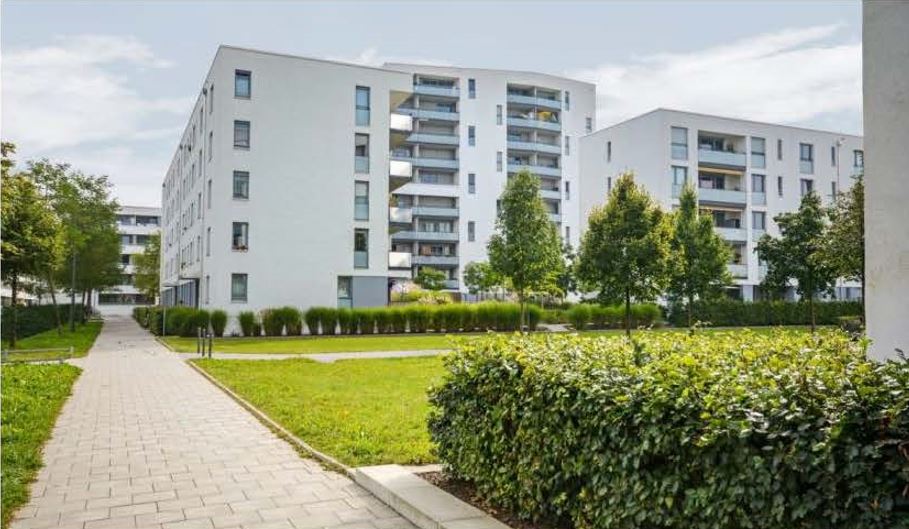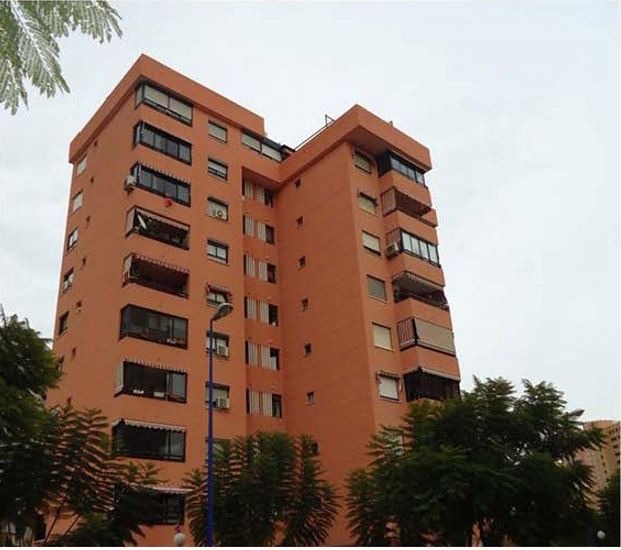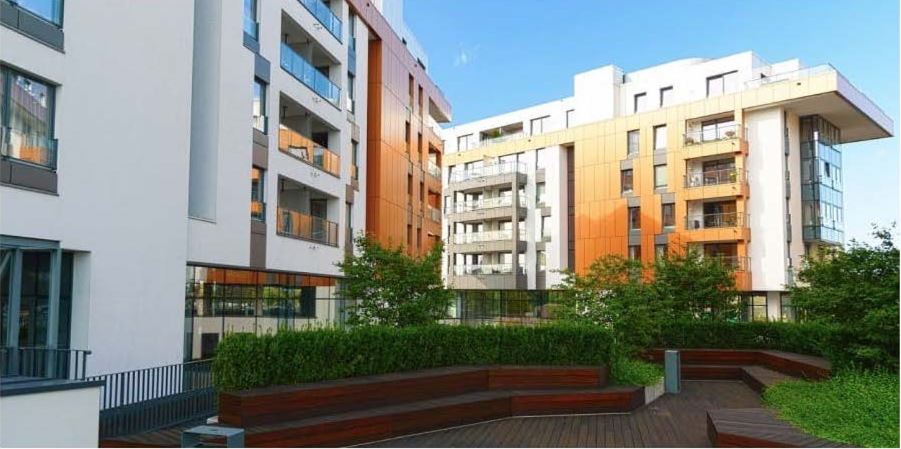With the reforms in condominiums, the aim is to achieve improvements in buildings, whether in terms of accessibility, energy efficiency, or to refresh the appearance of common spaces. Many buildings were constructed over 50 years ago, meaning that their construction processes may not have met the same quality standards as those in place today. To adapt these common spaces to current requirements, it is necessary to carry out reforms in the common elements of your homeowners’ association; otherwise, it could lead to long-term issues for the building and, consequently, its residents.
When referring to works in condominiums, several types can be encountered, with the most common being:
Urgent Works: Within Article 10 of the Horizontal Property Law, a distinction is made between works considered necessary and those that are not. Urgent works fall under the category of those necessary to maintain the safety and habitability of a building. Failure to carry them out could result in greater damage. Examples of urgent works include the detachment of parts of the building, such as balconies or facade elements, which could pose a threat to people, or the cracking or rupture of pipes, leading to dampness and water accumulation that could damage the building’s structure. Due to their nature, these works are mandatory and do not require the agreement of the Owners’ Assembly.
Necessary Works: Various types of works are necessary for the improvement of the habitability and safety of the building’s residents, as outlined in Article 10 of the Horizontal Property Law. Necessary works include maintenance, where owners ensure the proper conservation of all building facilities; regeneration of the building, involving the addition of new floors or structural modifications; and the elimination of architectural barriers, facilitating the installation of access ramps or elevators to ensure accessibility to all residents.
Improvement Works: Improvement works are aimed at enhancing some aspect of the building or improving its aesthetics. While not a real necessity, they increase the quality and comfort of the property. Examples of such works include the installation of ventilation systems, motion sensor lighting, or electronic door locks. These types of works require a vote for approval.
Required Permits: Before undertaking any significant construction work, the homeowners’ association must request a building permit from the corresponding municipality. No license is required for cases where painting, tiling, changing floorings in common areas, or reforming the water, sanitation, heating, and electricity installations in individual dwellings are involved. There are two types of permits to be requested:
- Major Works Permit: For complex tasks such as the modification or rehabilitation of a facade that may alter the building’s safety conditions.
- Minor Works Permit: For less complex tasks with no significant impact on safety conditions.



